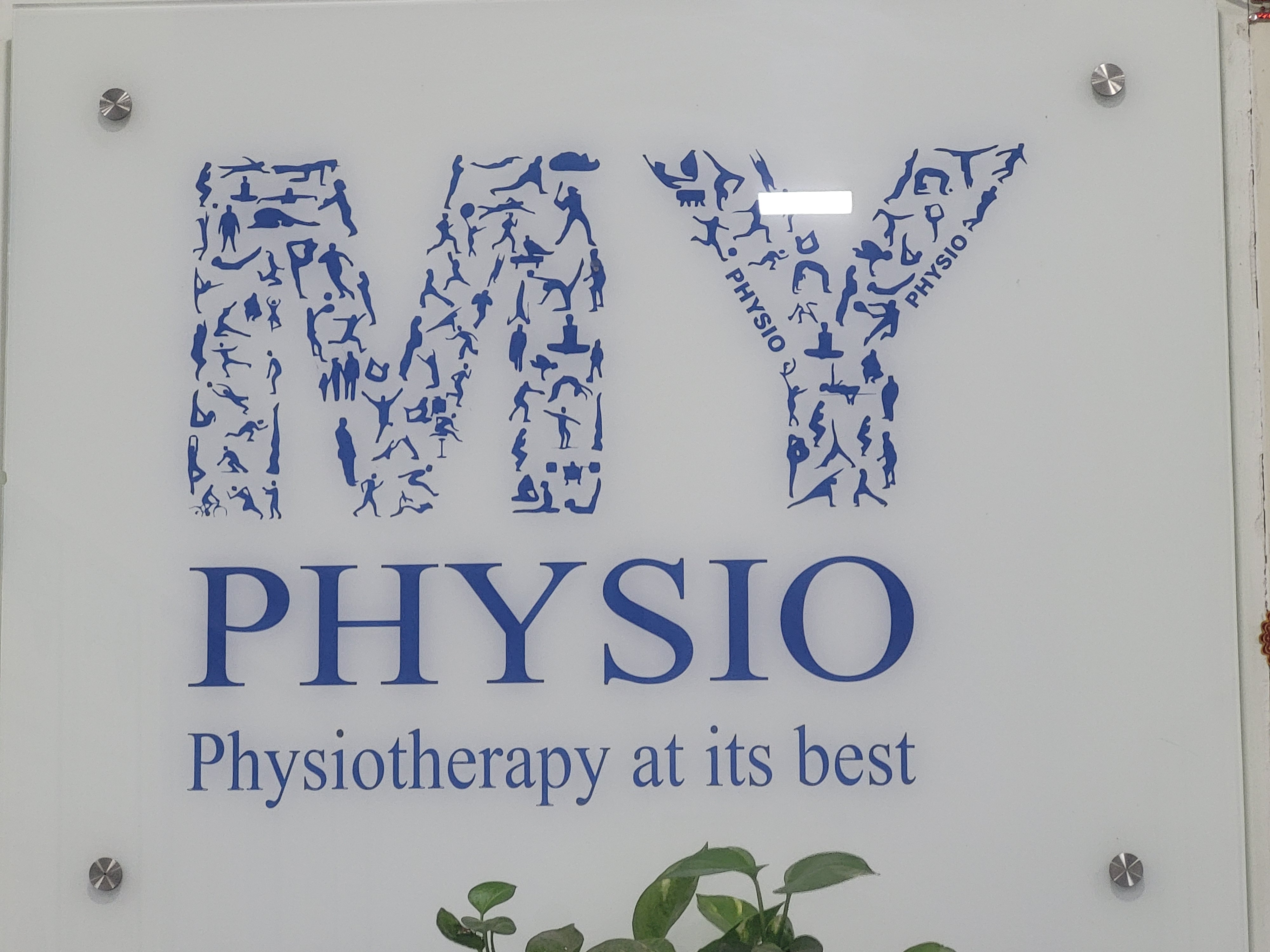Your Knee Pain Guide: Causes, Symptoms & Physiotherapy Solution
“Every step starts at the knee — when it hurts, life slows down.”
Knee pain is one of the most common issues affecting people across all age groups — from school athletes to elderly grandparents. But here's the truth: not all knee pain is the same, and not all knee pain needs surgery.
In this blog, we’ll explore:
• ✅ Why your knees hurt
• ✅ What pain might be trying to tell you
• ✅ How physiotherapy can bring back your strength and steps — naturally
🦵 Why Does Knee Pain Happen?
Your knee joint is like a strong, smart machine. It connects your thigh bone (femur), shin bone (tibia), and kneecap (patella), all cushioned by cartilage and powered by muscles and ligaments.
But this delicate machine can be affected by:
1. Age & Wear-and-Tear (Osteoarthritis)
• Pain with walking or climbing stairs
• Morning stiffness or swelling
• Common in people above 45 years
2. Injury or Trauma
• Sports injury, road accidents, sudden twists
• Ligament tear (ACL), meniscus damage
• Pain during movement or locking of the knee
3. Posture & Muscle Imbalance
• Weak thigh or hip muscles
• Flat feet or poor gait
• Sedentary lifestyle or overuse
4. Inflammatory Causes
• Rheumatoid arthritis, gout
• Swelling, redness, warmth
# Symptoms You Shouldn’t Ignore
• Pain while walking, sitting, or standing
• Grinding or clicking sound in knee
• Knee giving way or locking suddenly
• Visible swelling or heat in the joint
If these symptoms persist for more than a few days, it’s time to consult a physiotherapist or orthopedician.
# The Hidden Truth: Knee Pain is Often a Muscle Problem
Many patients assume their bone is “gone” or “knee is finished,” but often:
• The muscles around the knee are weak or tight
• There is inflammation or fluid inside the joint
• Poor alignment due to hip or foot issues
🏋️♂️ How Physiotherapy Helps in Knee Pain
🔸 1. Pain Management
• Ice, TENS, ultrasound, IFT for swelling and pain
• Taping techniques for immediate relief
🔸 2. Muscle Strengthening
• Focus on quadriceps, hamstrings, glutes
• Exercises like mini squats, leg raises, step-ups
🔸 3. Stretching & Mobilization
• Loosening tight structures (IT band, calf)
• Restoring full knee movement
🔸 4. Balance & Gait Training
• Correcting walking pattern
• Improving coordination, especially in elderly
🔸 5. Home Care Plan
• Personalized exercises to do daily
• Lifestyle advice on stairs, sitting, posture
# Tips to Prevent Knee Pain
• Avoid sitting on low sofas or cross-legged for long
• Use a western toilet
• Don’t ignore foot pain – it can affect your knees
• Use knee caps only under supervision – not 24/7
• Walk regularly, but on even surfaces
• Lose excess weight if overweight – each kg reduces 4x pressure on your knee
# When Should You See a Doctor?
Physiotherapy is the first line of treatment, but in cases like:
• Severe trauma (fall or accident)
• Knee deformity or dislocation
• Not improving after 3-4 weeks of rehab
You may need imaging (X-ray, MRI) and further orthopedic evaluation.
Knee pain doesn’t mean “bed rest forever.” It means your knee needs help.
With timely physiotherapy, regular exercises, and guided recovery — you can walk stronger, move better, and live pain-free.
#MY-PHYSIO Physiotherapy at its best
📞 For appointments or queries: [9782468066]
📍 Location: [MY PHYSIO, Opposite Metro Pillar No.103, Shyam Nagar,Jaipur]
